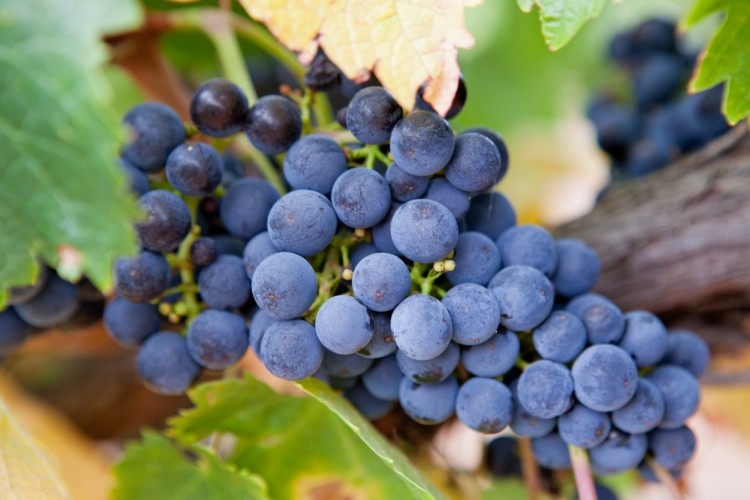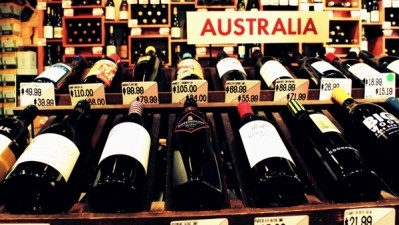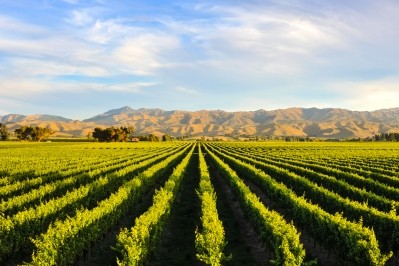Grape prospects for European varietals as Australian wine drinkers diversify

The market research firm’s latest report, which surveyed over 1,000 regular wine drinkers in Australia, revealed that 25-34 year olds are the most adventurous, with 51% agreeing that they “enjoy trying new and different styles of wine on a regular basis”.
This experimentation by younger, increasingly well-travelled wine drinkers is driving a shift towards international and – in particular – European varietals, according to Wine Intelligence.
“There is statistically significant growth in the number of consumers reporting consumption of ‘international’ varietals such as Pinot Noir, but ‘European’ varietals such as Sangiovese, Tempranillo and Zinfandel are up too,” James Wainscott, communications manager at Wine Intelligence, told BeverageDaily.
Going forwards, Wainscott said the Australian wine industry could expect to see “diversification in terms of varietal repertoire in both consumption and production”.
Aromatic whites
The Australia Landscapes 2017 report showed that Sauvignon Blanc and Moscato are now the top two white varietals among 25-34 year-olds, with 50% or more respondents having consumed these wines in the last six months. This group was also found to be the most likely to try European varietals such as Gewürztraminer, Grüner Veltliner, Albarino and Verdejo – approximately one in ten participants had consumed these niche styles in the last six months.
This trend towards European varietals was echoed in red wine consumption data, with the 25-34 category drinking more Tempranillo, Sangiovese, Pinotage, Zinfandel and Cienna than any other age group.
This was in stark contrast to the older generation of 55-64 year olds, of whom just 5% had sampled Gewürztraminer, 2% Grüner Veltliner and 1% Cienna in the last six months.
But to exploit the opportunity presented by these adventurous millennials, Wainscott said the industry would need to come together to characterize these lesser known varietals and communicate this to consumers.
“For people in the trade, one of the greatest pleasures is how a varietal grown in one place can taste totally different to the same varietal planted a few hectares over," he said.
"But this can be off-putting for consumers looking for a consistent style and quality. 78% of regular Australian wine drinkers rank grape variety as ‘important’ or ‘very important’ when selecting wine, so if European varietals are going to grow more, the industry will have to teach consumers exactly what to expect from a varietal."
A branding exercise
Fortunately, varietal branding is something Australia has always done well, according to Wainscott.
“Australian Chardonnay has a clearly defined image – maybe not an entirely positive one – but consumers know what they are getting at least. Consumers will need time to adjust and to get to know new varietals.”
The other major challenge is one of supply, as Wainscott explained: “Every small winemaker has a concrete egg full of some unusual varietal from some far-flung country – they all like to experiment. But it’s a different thing entirely to get a whole region to invest in replanting extensively enough to put a new varietal on the map. For a monumental change to the Australian wine landscape, producers will have to come together to define regional styles,” said Wainscott, adding “New Zealand is the clear success story here”.
Whilst overall, the area of land under vine in Australia is declining, Tempranillo, Nero d’Avola and Malbec are all increasing their hectarage. With the Wine Intelligence report showing the proportion of regular wine drinkers consuming Tempranillo to be significantly up, Wainscott’s prediction is that this could be the varietal to watch in Australia.







